

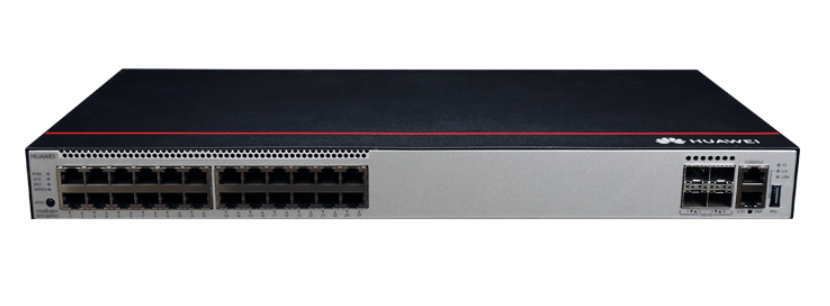



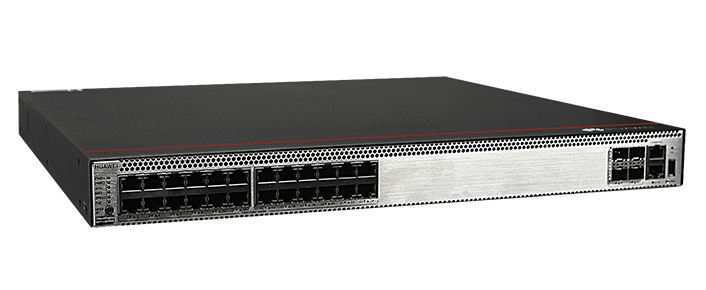

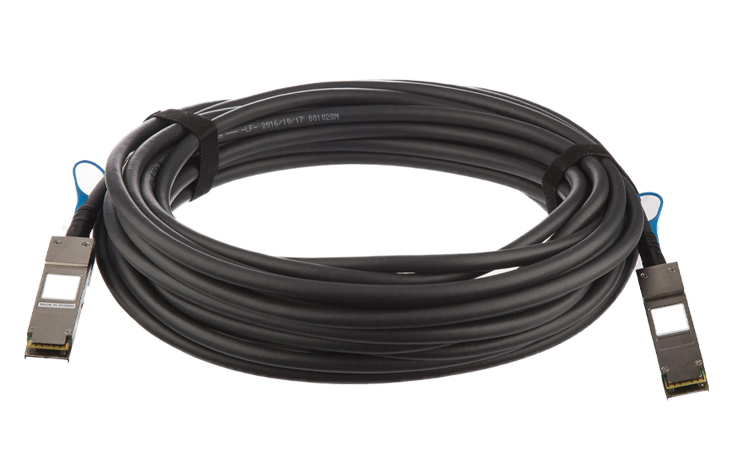
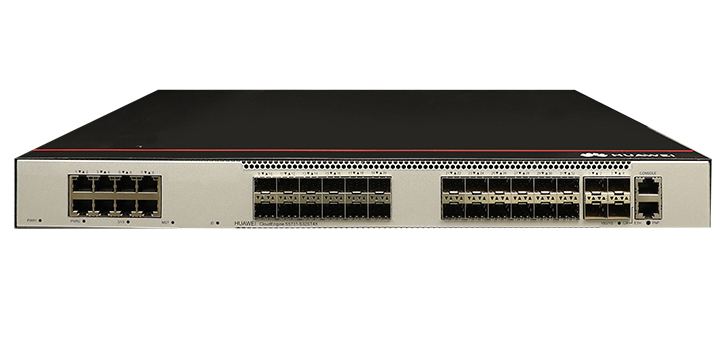



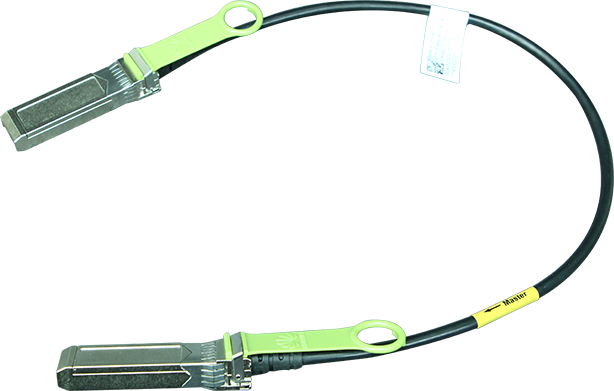
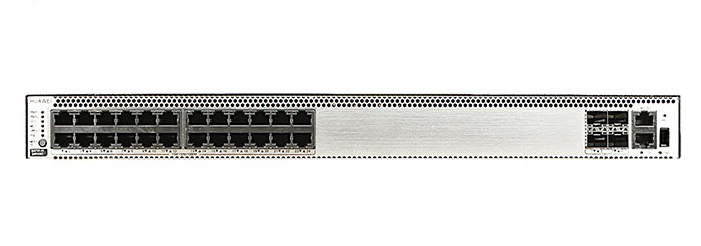
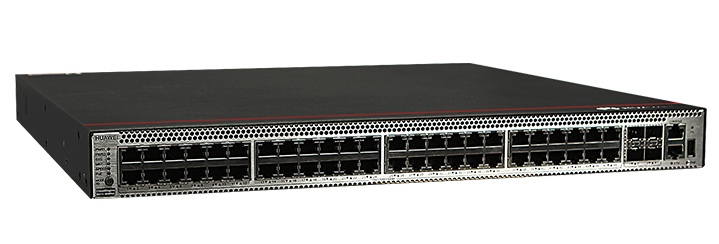
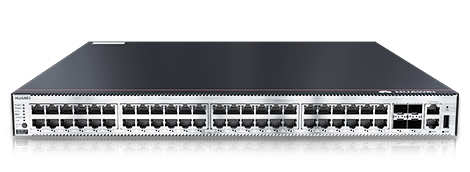

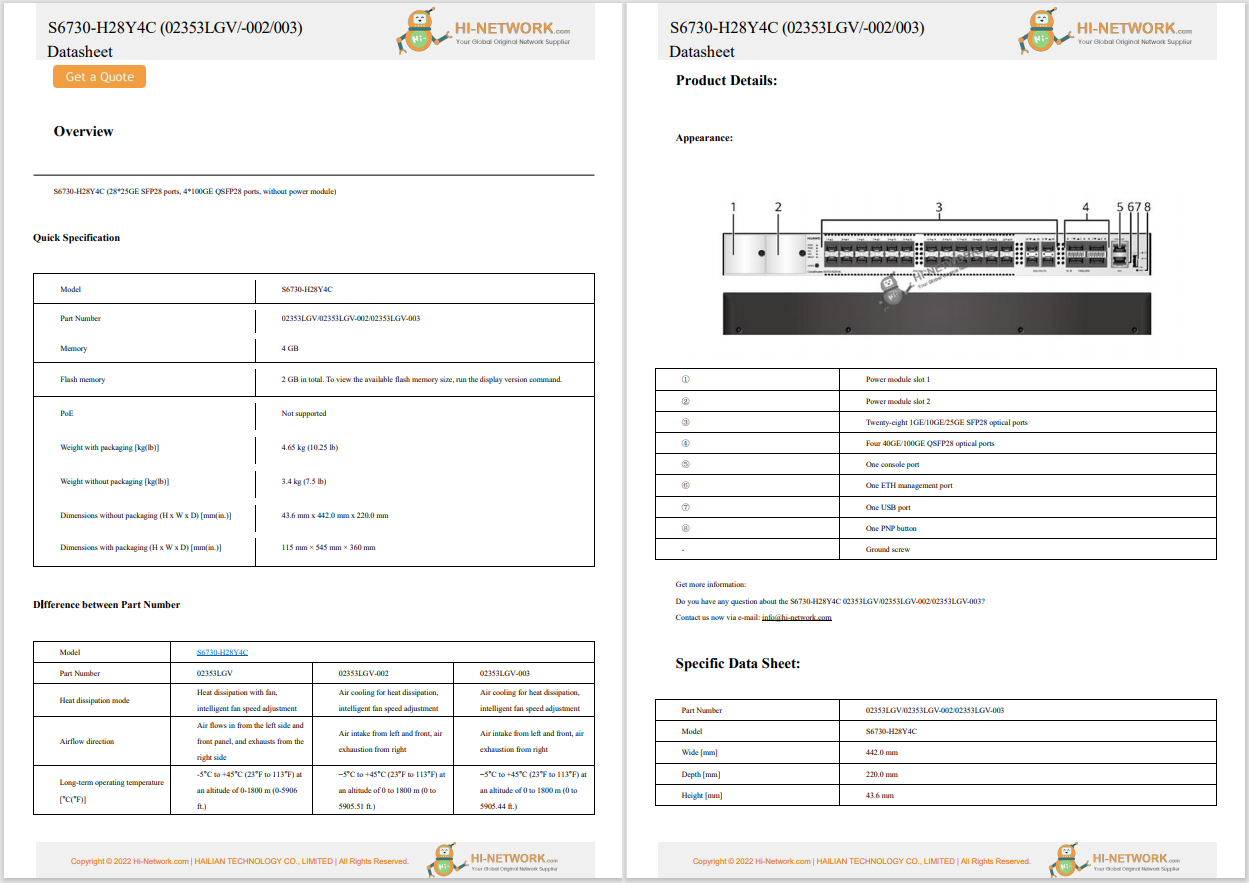


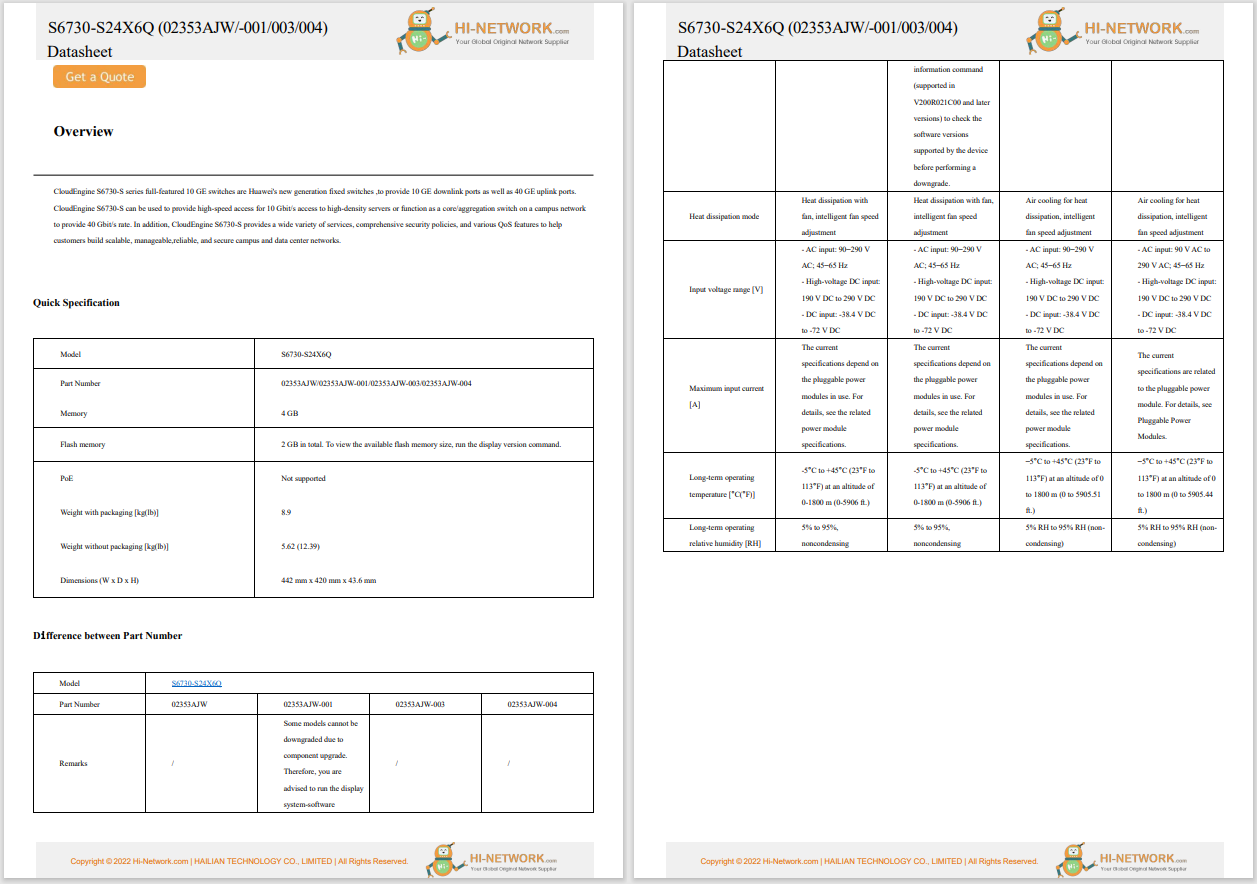

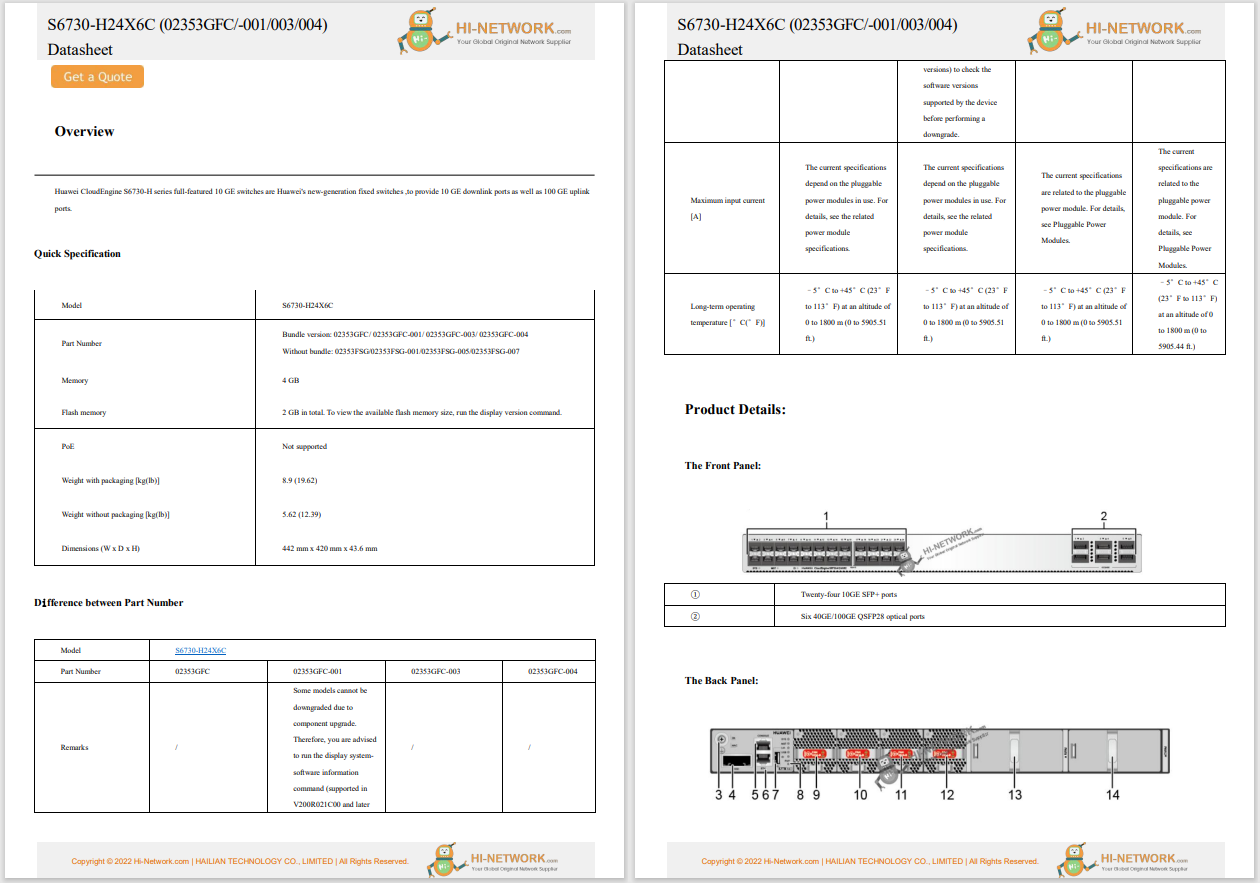
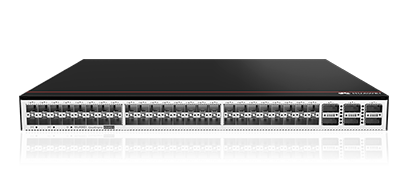
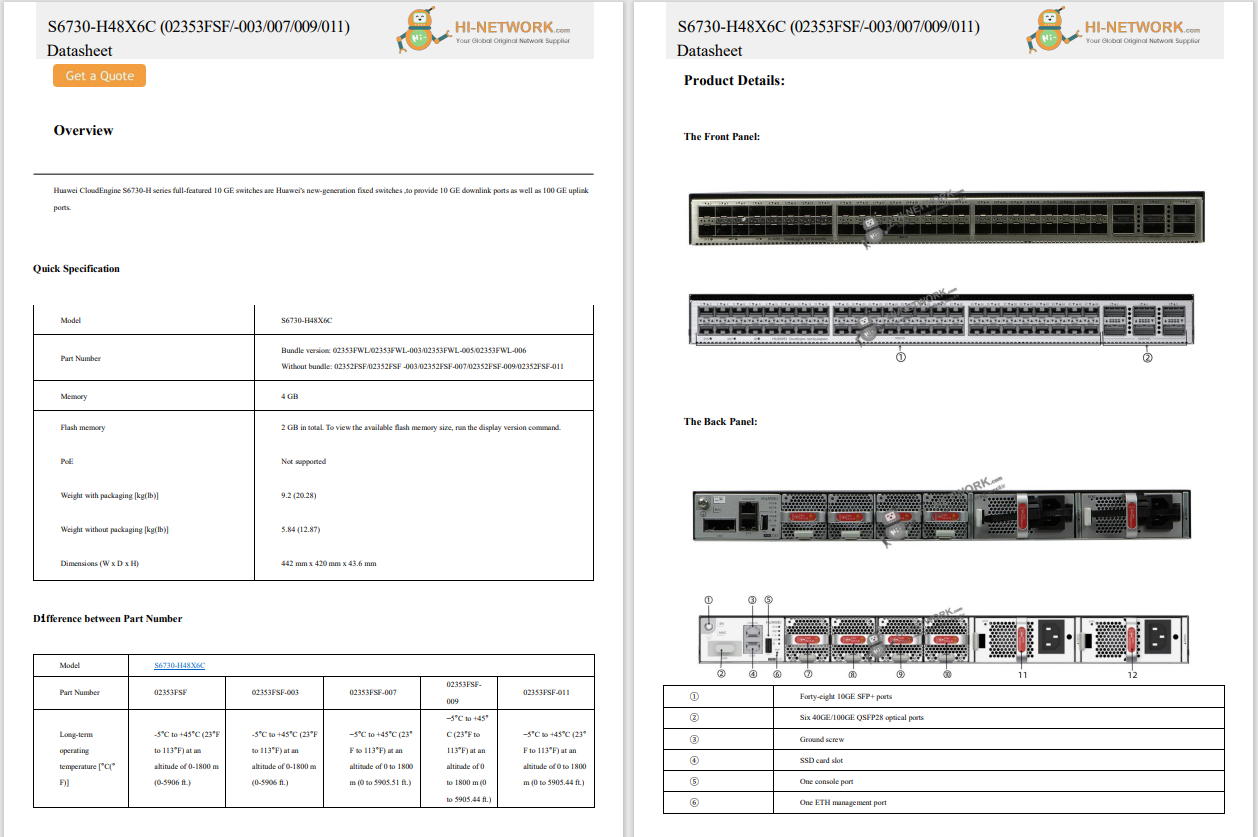
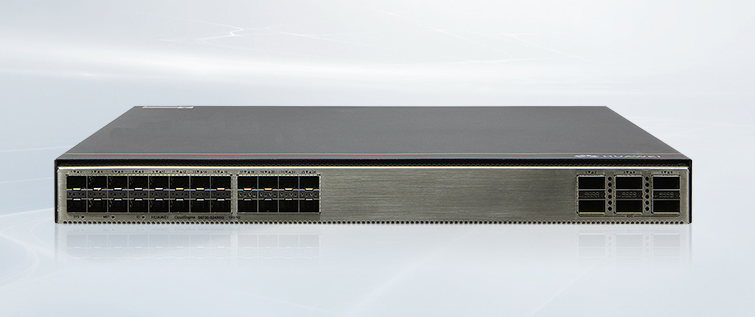


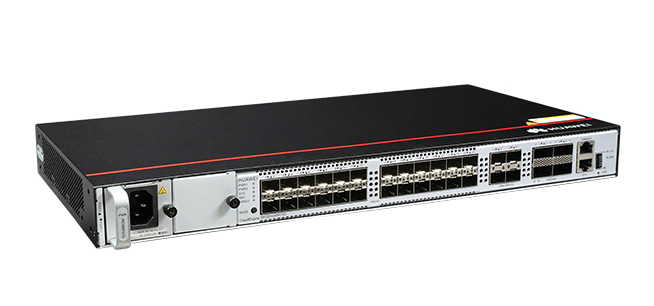
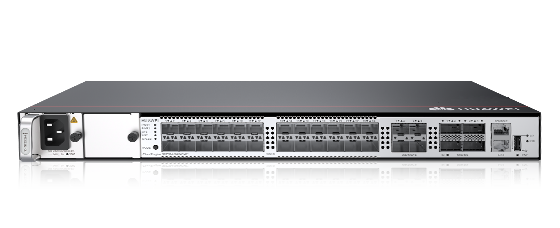
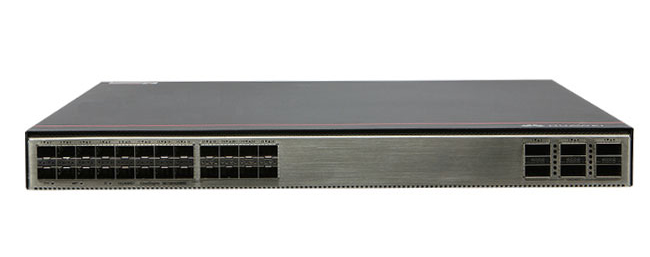
Today, broadcasters that have already migrated to IP have found it much easier to cater to variable consumption models and resource requirements while scaling and adapting to modern media requirements. The ease with which production teams can work from multiple areas on campus or even from their homes, a model now referred to as "distributed production," has positioned IP media as an ideal solution for broadcasters planning to refurbish their infrastructure or embark on a greenfield project.
Today, infrastructure must cater to increasingly demanding audiences and meet expectations that didn't exist years ago. Such dynamic and changing environments require a flexible IP layer for video, audio, intercom, data, control, and more. What used to be requirements for interconnecting and managing a few IP-based devices now needs to accommodate hundreds-or even thousands-of receivers and transmitters.
Infrastructure based on the open standards of the SMPTE ST2110 suite, along with powerful IP fabrics for media, has made significant progress across the industry. Those familiar with the critical role of IP multicast traffic in today's digital landscape know that scaling, tracking, and monitoring such traffic require tight orchestration and integration at the network fabric layer. For over a decade, all Lawo hardware and software solutions have been IP-native and fully compliant with the SMPTE ST2110 suite of standards. This includes both HOME Apps and other Lawo applications running on COTS servers, as well as Lawo's software-defined hardware processors.
At the heart of IP's open-standards lies the promise of interoperability where any compliant device, regardless of manufacturer, can seamlessly exchange data with other ST2110-compliant devices. Lawo's commitment to collaboration and integration with IP fabrics is rooted in this core principle. This realization is what laid the foundation for the partnership between Cisco and Lawo, combining their strengths in IP fabric and media solutions to drive the industry forward.

IP networks-whether in broadcast or elsewhere-require infrastructure orchestration and control systems such as Lawo's vsmStudio and HOME, which act as the "conductor" and "manager", respectively, to streamline and simplify operations. VSM allows users to trigger thousands of settings and configuration changes with a single button.
In an IP-based infrastructure, there are multiple ways the broadcast controller can integrate with the network. Typically, when an operator initiates a "take" on a control panel, the panel communicates with the broadcast controller to signal the intent to switch. Lawo's vsmStudio and the HOME platform, combined with Cisco's Non-blocking Multicast Active mode, leverage IGMP-based destination control capabilities to orchestrate and control multicast traffic with precision.
In NBM Active Mode, the network orchestrates non-blocking paths from source to destination based on the broadcast controller's intent. With Internet Group Management Protocol (IGMP), the receiver signals its intent to join or leave a source. In this setup, the broadcast controller directly interacts with the IP endpoint to initiate an IGMP leave and join request. The network then updates the flow, delivering the new stream to the destination while removing the previous one. This method, known as destination-timed switching, ensures seamless stream management.
The result is that a production control room can be connected to a different venue anywhere in the world within milliseconds, empowering businesses to thrive in an increasingly powerful yet complex media environment.
The quality of immersive sound experiences depends heavily on the processing systems in place. Often, these experiences require a variable number of loudspeakers, and their locations are adjusted based on the director's or producer's vision.
Delivering this level of customization requires a tightly managed, standards-based IP network based on a robust platform and a switch fabric that does much more than forwarding streams: proactive avoidance of bottlenecks and hiccups and observability is becoming increasingly important. A remarkable example of this is a venue in Las Vegas, where Lawo mc2 consoles, in collaboration with Cisco's IP Fabric for Media, manage up to 139,000 speakers. This setup creates a dynamic, immersive audio environment, where every seat becomes a sweet spot. Achieving such an experience would be impossible without an IP-based signal distribution layer.
The potential of merging broadcast and IP technologies to enable dynamic, just-in-time utilization of processing resources running on COTS-based hardware is enormous. This innovation has inspired organizations like the European Broadcasting Union (EBU) and others to begin exploring and developing initiatives around these benefits. As the industry evolves, the collaboration between IP-based solutions and broadcast technology promises to unlock even greater possibilities for future media production and distribution.
Don't miss the opportunity to visit Cisco (Booth#W2521) at NAB 2025! We will be showcasing our latest innovations in IP-based media solutions, and it's the perfect occasion to see firsthand how Lawo, Cisco, and other industry leaders are advancing the future of broadcast technology.
We'd love to hear what you think. Ask a Question, Comment Below, and Stay Connected with#CiscoPartners on social!
Cisco Partners Facebook | @CiscoPartners X/Twitter | Cisco Partners LinkedIn| @CiscoPartners X/Twitter | Cisco Partners LinkedIn
 Tags quentes :
Cisco Partners
National Association of Broadcasters (NAB)
Cisco Nexus Dashboard
SMPTE
Cisco IP Fabric for Media
broadcast integrations
PTP
LAWO
IP Media Solutions
Tags quentes :
Cisco Partners
National Association of Broadcasters (NAB)
Cisco Nexus Dashboard
SMPTE
Cisco IP Fabric for Media
broadcast integrations
PTP
LAWO
IP Media Solutions